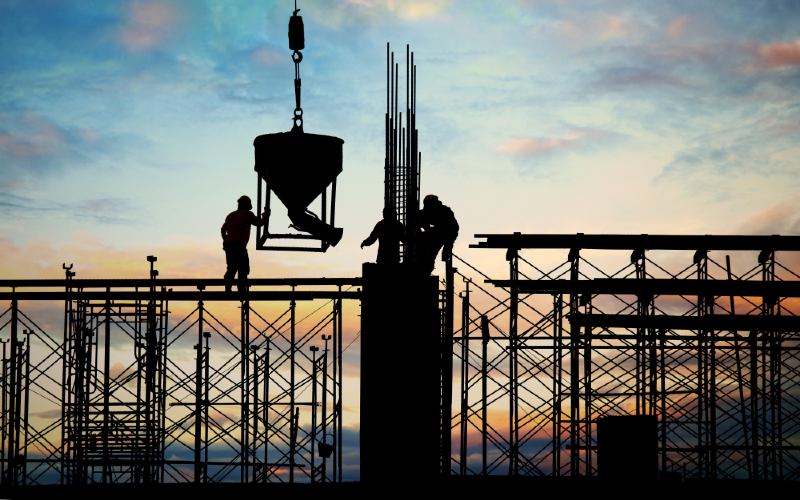
Around 19,000 found themselves without jobs, while 61,000 found employment.
The participation rate posted a strong result of 67.2% - more people 'participating' and looking for work can drive the unemployment rate up.
This 3.9% result was ahead of expectations with market economists' broadly expecting a rate of 3.8%. They missed the mark with the wild swings in employed/unemployed figures.
Economists at the big four banks forecast employment gains of 10,000-25,000.
"Squaring the circle of strong employment gains and a higher unemployment rate is a jump in participation to a new record high of 67.2%, from 67.0%," NAB senior economist Taylor Nugent said.
CBA economist Belinda Allen said despite the unemployment rate staying below 4%, a sluggish economy means a strong labour force will be hard to hold.
"We expect it to be harder to hold down the unemployment rate from here given the above dynamic in a slowing economy and when indicators of the labour market are loosening, albeit slowly," Ms Allen said.
"We expect the unemployment rate to continue to lift from here as supply outpaces demand and reach around 4.5% by mid 2024."
This is 50 basis points higher than the RBA's official forecasts, which see the rate hitting 4.0% by then; it will then reach 4.3% by end-2025.
This coincides with data from job hunting website Seek, which reported a 4.3% dip in job listings in November, after a 5% drop in October.
They are now a third below their May 2022, and while they remain above December 2019 levels, are level with listings numbers seen in 2018.
Ms Allen also said immigration and other factors are making it hard to see a clear picture.
"The working age population continues to grow at a quick pace. The labour force data today showed it was growing at fast 3% over the past year," she said.
"This means around 35,000 jobs are required to be added each month just to keep the unemployment rate steady."
This comes as more than 32,000 permanent skilled visa holders arrived in Australia in November, along with nearly 45,000 temporary skilled and work visas, according to ABS original figures.
For NAB's Mr Nugent, this unemployment result is likely to change little in the rhetoric coming from the central bank.
"That is a best-case scenario in the balance between the need for some easing in capacity constraints while avoiding elevated layoffs," he said.
"Important for productivity, recent employment growth has not been matched by hours growth. Existing employees are being utilised less intensively, with hours growth up just 0.1% month on month in November."
Image by jcomp on Freepik